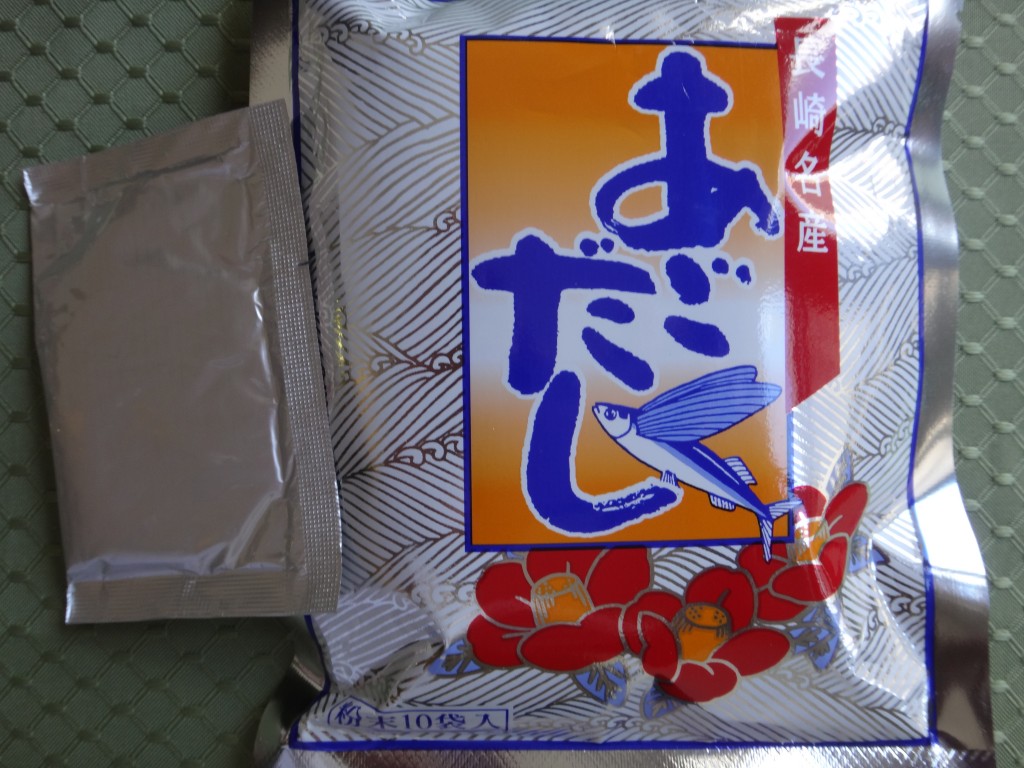Japanese-style daikon soup (和風大根スープ)

Its interesting how many cuisines are ‘branded’ as it were with a dish that isn’t commonly eaten in the home country. Sushi is a case in point, having become such an everyday affair here in the west, especially in cities like New York. That is not at all the case in Japan where people (obviously) eat sushi but much more rarely. In fact, having spent quite some time there I have learned that it tends to be reserved for special occasions and generally eaten at restaurants that serve only sushi (sushi-ya/寿司屋). (In my experience, that sort of specialization seems much more common in Japan than over here.) Nor is it all that common to make it at home. If one wanted to eat sushi at home in Japan you’d just order a platter from a sushi-ya.
So, if not sushi, what does a typical home-cooked Japanese meal comprise of? Rice is a big (if not the biggest) part of it. So much so that the Japanese divide food into ‘gohan‘ (rice) and ‘okazu‘. Okay, admittedly that’s a bit simplistic because despite the best efforts of friends and family to try to explain it, okazu remains a fuzzy concept to me. (Sometimes a non-rice dish is not okazu. Its one of those annoying cultural things where you ‘just know’ when something is or isn’t. How I hate that!) But this digression is just a roundabout way of introducing today’s recipe. Its typical of home-style cooking in Japan in that it is both simple and healthy, yet delicious. (So typical in fact that if this were a Japanese blog I’d be embarrassed to write a post about it!) Its also filling enough to make for a satisfying lunch.
A quick note about the ingredients. Like many Japanese dishes, this one uses dashi, a stock typically made of dried fish and kombu. Its not especially hard to make, but most Japanese home cooks tend not to bother. Instead, they use instant dashi powder. Here, I use ago-dashi which is made out of flying fish. It is available at many Asian stores (for example, Sunrise Mart or H-Mart if you’re in New York). There are many types and brands of dashi on the market, but its worth trying to find this one. Its a very handy item to have in your pantry.

- ½ tbsp sesame oil
- ¼ lb ground pork
- 1 medium carrot, peeled
- 1 small taro root (satoimo/さといも), peeled
- 4-5 inch-long daikon (Japanese radish), peeled
- Optional 6 inch-long piece burdock root (gobou/ごぼう), peeled
- 1 inch piece ginger, peeled and julienned (about 1 tbsp)
- Optional 4-5 shiitake mushrooms
- 1½ tbsp ago-dashi powder (about half a packet; see note above)
- 1 scallion
- Salt and ground black pepper to taste
- Peel and wash the carrot, taro, daikon, and (if using) burdock root. Dice carrots into 1 inch rectangular slices, cut taro root into ¼ inch-thick bite-sized pieces, and slice daikon into ¼ inch-thick rounds and then cut the rounds in half.
- Wash the shiitake mushrooms, cut off the stems, and slice thinly.
- Dice the scallion.
- Once the vegetables are prepped, heat the sesame oil in a pot over medium heat and fry pork until cooked. Make sure to break the pork up with a spatula or wooden spoon.
- Add the carrots, taro, daikon, and (optionally) shiitake and burdock root. Mix and stir fry for 5 min.
- Add 2 cups water and bring to a boil. Stir in the dashi and ginger (reserving some for garnish if you like), cover and simmer until the vegetables are cooked (but not too soft).
- Add a pinch of ground black pepper and stir. Taste for salt. (The dashi is a bit salty so you probably won't need more than a pinch or two if at all.)
- Serve in a bowl garnished with the scallions and (optionally) ginger.





Wow! Looks great! Very professional.